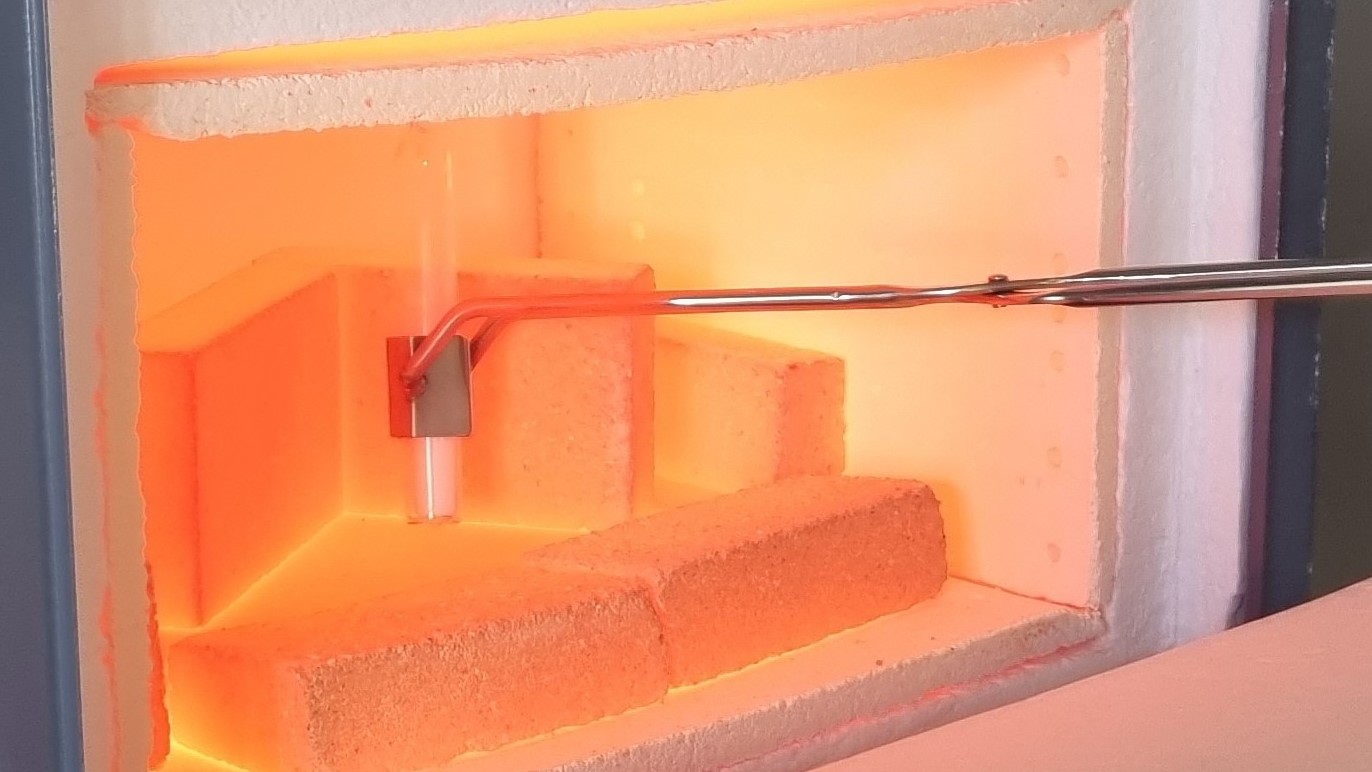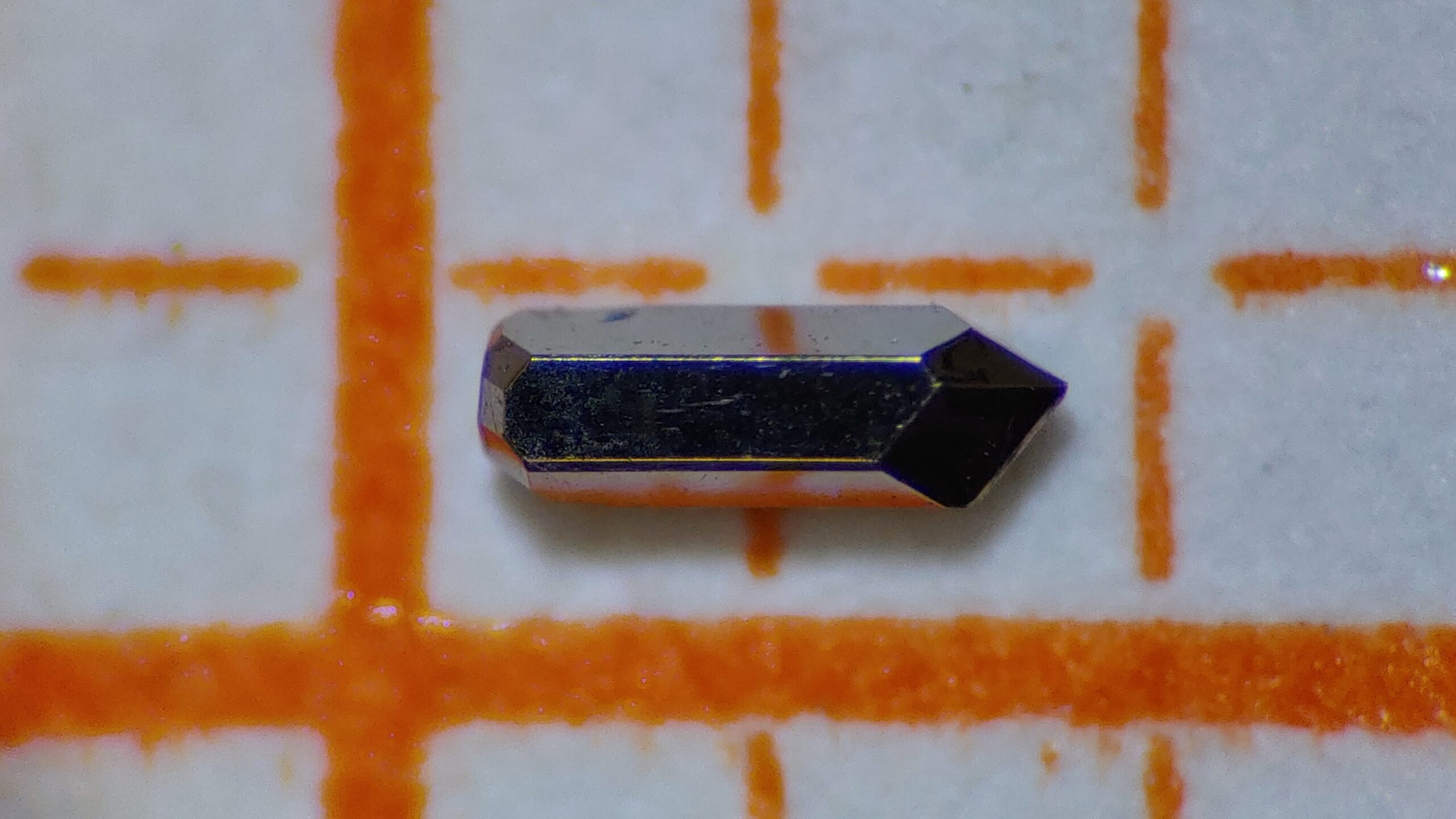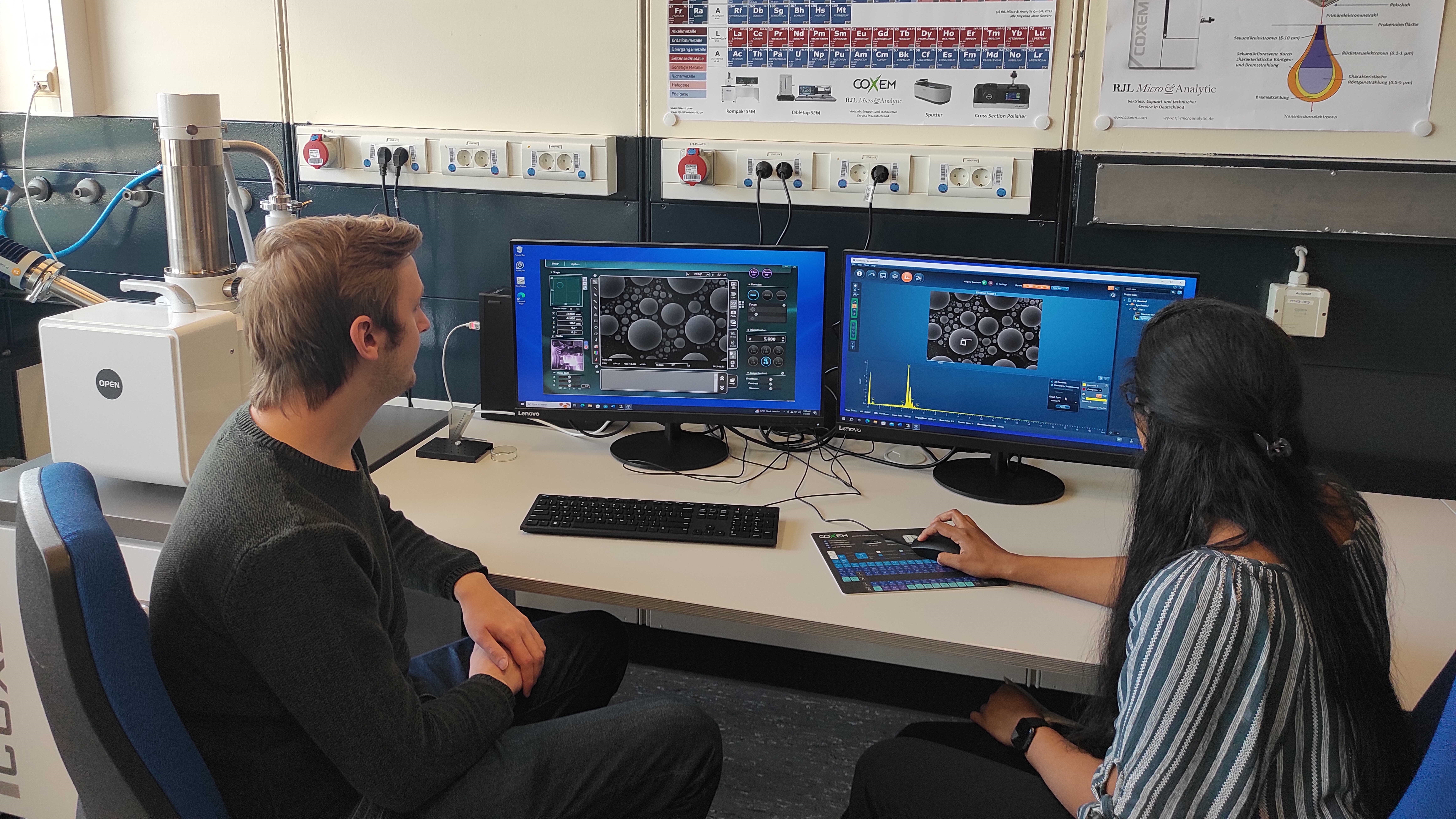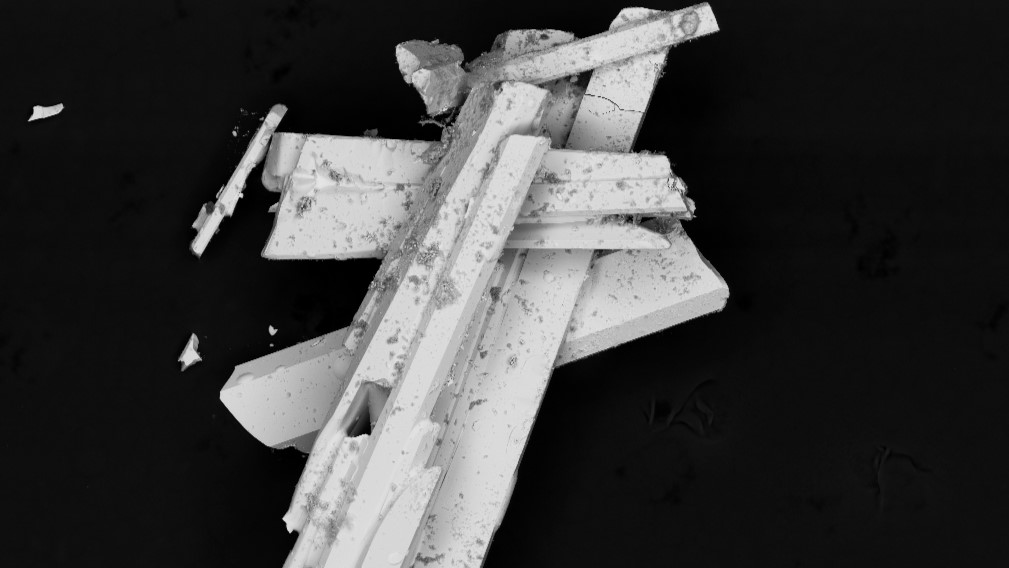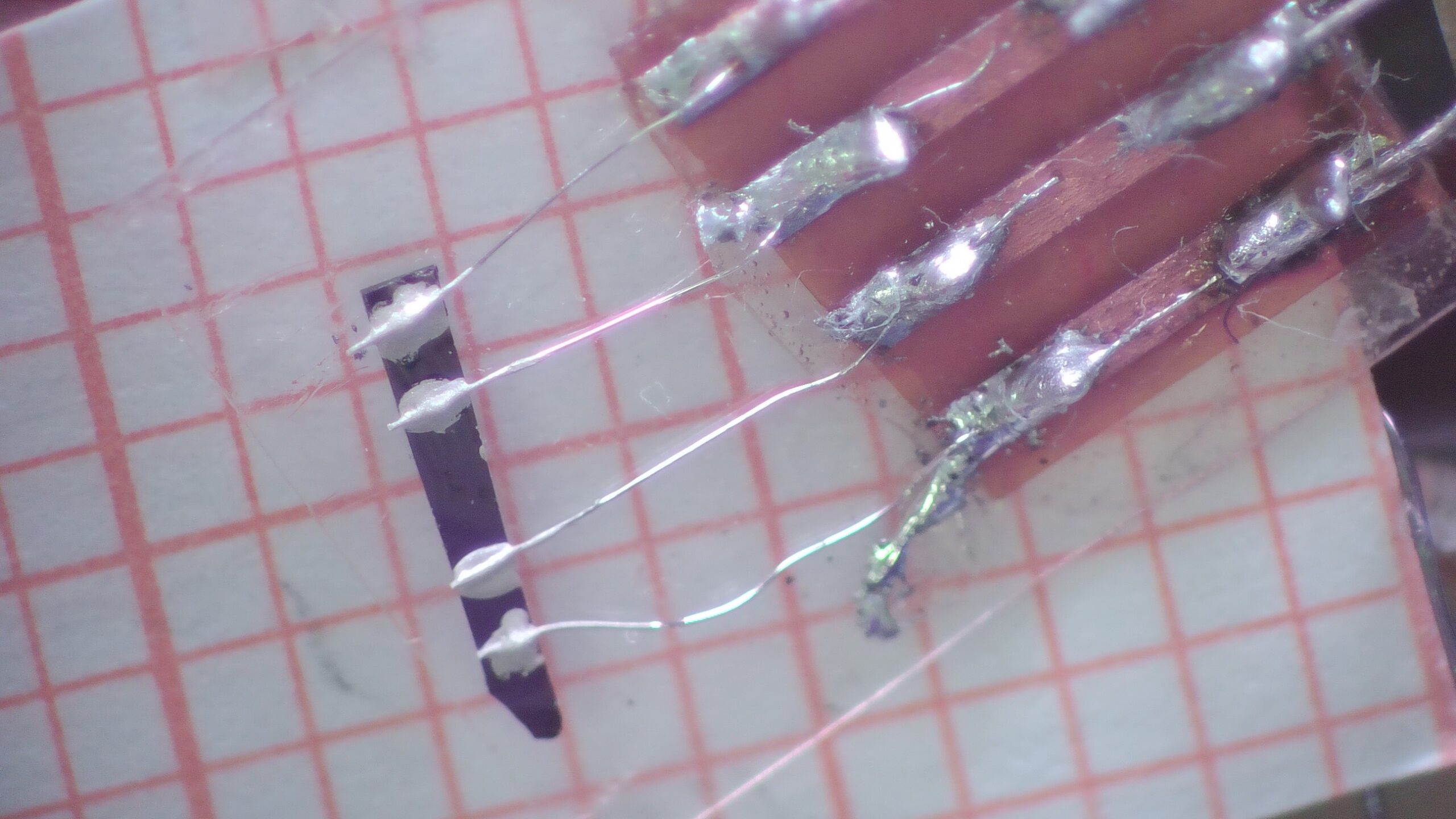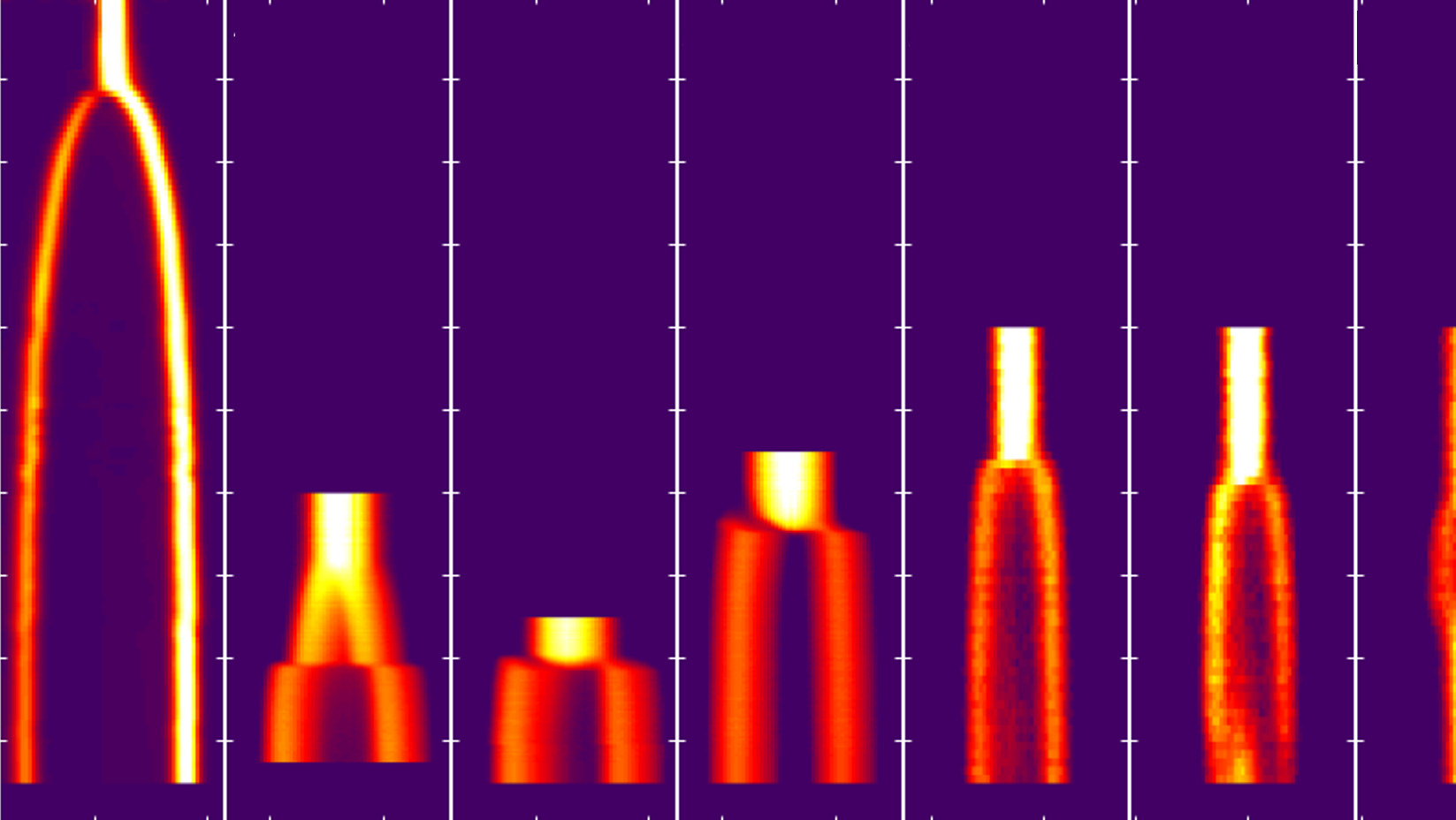Experimental expertise and facilities
In our quantum materials research, we use crystal synthesis, chemical and structural characterization as well as the measurement of different physical properties. A particular experimental focus is on the use and determination of strain as a tuning parameter for materials.
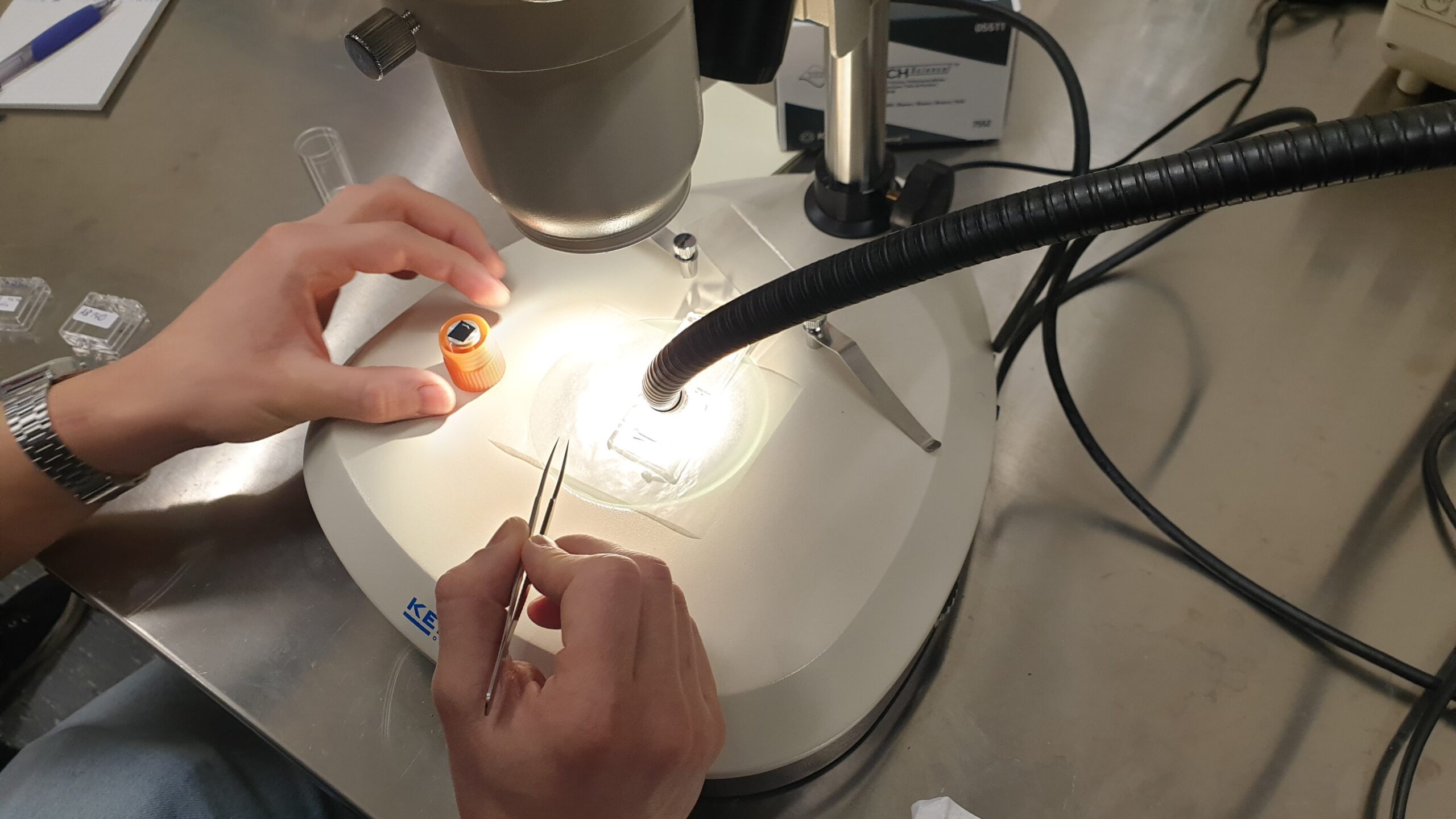
Single crystal growth
We make extensive use of single-crystal growth from the melt, flux and self-flux, as well as from the vapor phase. Also see our gallery of crystals.
Structural and chemical characterization
Our single crystals and polycrystalline samples are characterized in detail using our new Coxem electron microscope with energy-dispersive x-ray detector as well as our Bruker powder x-ray diffractometer.
Electrical transport
Electrical resistance is a first and powerful method to find out if a sample is a metal, insulator, or superconductor. It also lets us identify phase transitions quickly. Sometimes, these measurements profit enormously from precisely shaping the samples beforehand. Sometimes, making the electrical contacts to the sample is the ultimate test for your fine motor skills. With a (magnet) crystat, temperatures from 400 K to down 2 K, and magnetic fields up to 17 T may be applied during a measurement.
Strain tuning and elastoresistance
Elastic deformations, i.e., anisotropic strain, has recently come into focus to probe and modify the properties of quantum materials. We use piezo stacks to probe the resistance change of a slightly strained sample – the so-called elastoresistance – in different symmetry channels. We also employ strain cells from Razorbill instruments, which can controllably apply uniaxial strain of 1% or more. All these experiments can be performed in a cryogenic environment.
Capacitance dilatometry
Using capacitance dilatometry, sample length changes are determined with the extremely high resolution of better than 0.1 Å. For a typical sample, this is as if a tower grows by the width of spider silk. We use capacitance dilatometry to study the thermal expansion of diverse quantum materials, yielding unique thermodynamic information not only on phase transitions (structural and other), but also on the symmetry of different phases, their fluctuations or the electronic entropy.
Scattering experiments at large-scale facilities
We have expertise in a wide range of scattering experiments, that can be performed at large-scale facilities, such as x-ray synchrotrons or neutron sources. Such experiments yield invaluable insight into the structure and excitations of materials.



